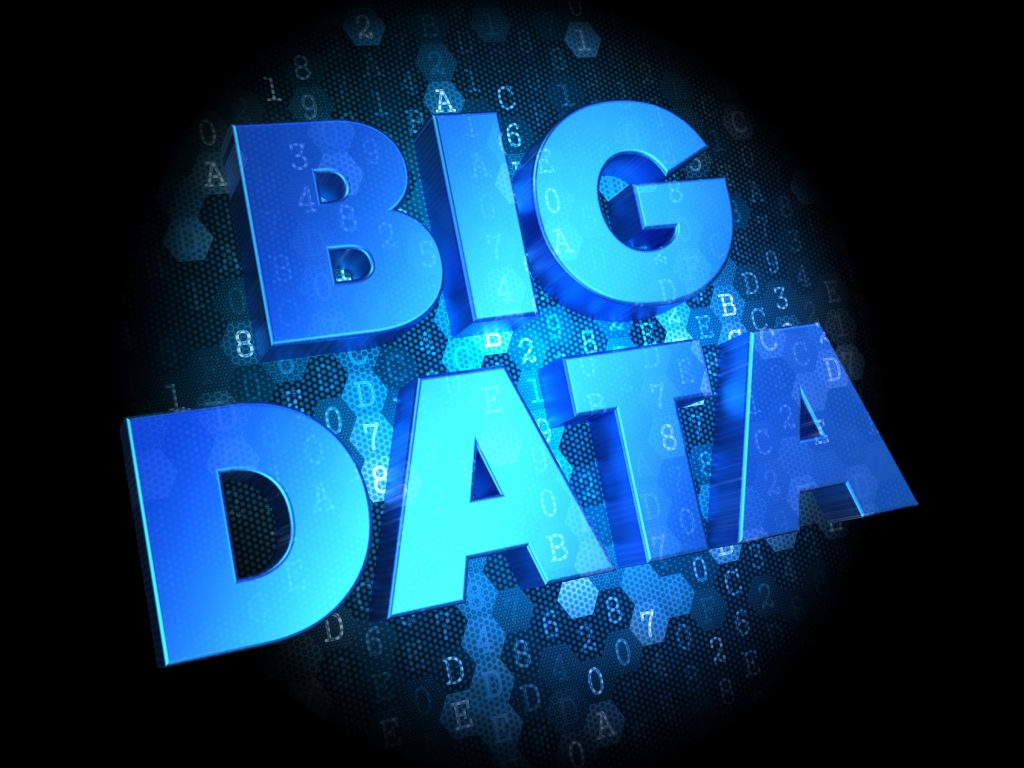Joseph Stalin is often cited as having remarked, “Quantity has a quality all its own.” The statement refers to the fact that, in military circles, having a lot of something (like artillery rounds, aircraft, or ships) can sometimes make up for lack of quality. A lot of businesses seem to have adopted that principle when it comes to big data. Once they started collecting data, some companies collected as much of it as possible hoping it would be useful in the future. As it turns out, the strategy is flawed. As data breaches have become a serious threat, having too much data can be a liability. Randy Bean (@RandyBeanNVP), CEO and Founder of NewVantage Partners, explains, “The proliferation of Big Data can be expected to continue to accelerate in the decades ahead. Where consumers and companies had reveled in the promise of personalized experience and convenience, the risks of untrammeled Big Data use and abuse now overshadow potential benefits. Big Data is not going away. Organizations and individuals must weigh the benefits and consequences of making data freely available for open use and access. It is incumbent upon the data industry and individuals as never before to develop sensible approaches and safeguards for managing Big Data as an asset. Data can be used to great benefit if governed wisely, and to great harm if deployed without regard to its consequences.”[1] So how can a company know what data is the right data for their business?
Big Data: Asset or Liability?
Chael Christopher (@cchristopher), a senior principal at NewVantage Partners, observes, “Applications, small or large, homegrown or acquired, on-premise or hosted by nature, create data. We know that the rate of data growth is increasing; what we don’t always stop to consider is that over time this data can grow to be an asset, or a liability, or both.”[2] On the positive side, Christopher notes, “The business, compliance, and auditing functions have long held that data is an asset, and that it should be held on to in its purest form just in case it’s needed. It is an asset in the sense that it might be usable somehow, some day.” On the negative side, he adds, “The security, privacy, and financial interests see it differently. Data in a vacuum is a threat. It is full of what might be possibly personal and sensitive information. Someone really smart, with a lot of time on their hands, and the means to sneak past firewalls to see this data could savage a company’s reputation overnight. Worse yet, all this data has to be stored and archived somewhere and that carries with it intrinsic costs. Data is not your friend, they say — it is a liability simply because it exists and nefarious agents are always scanning ports and IP addresses looking to steal it.” With the European Union’s General Data Protection Regulation now in force and California having passed similar stringent regulations concerning big data, the downside of big data has grown.
What data is the right data for your business?
There is a cost associated with data hoarding and, as a result, many companies are going on a data diet trying to gather and analyze only the right data for their business. Adopting a “right data” strategy and using the right data is not as simple as it may sound. Dina Gerdeman explains, “Big data has shifted the ground under every business, enough so that many managers are waking up to the fact that they are already behind in developing a smart data strategy. Data has always been important in business, of course. But with the arrival of digital data — its volume, depth, and accessibility — it has become clear it is key to helping companies develop sustainable competitive advantage. … The problem is that, in many cases, big data is not used well. Companies are better at collecting data — about their customers, about their products, about competitors — than analyzing that data and designing strategy around it.”[3] Making sure you have access to the right data begins by asking the right questions. What insights are you trying to obtain? What are your goals? In what areas do you think data analysis can help improve the business? Gathering data that will help improve marketing efforts is not the same as gathering data to help make processes more efficient.
Annette Wright, a senior director at Paradigm Technology, writes, “The concept of measuring and evaluating the quality of data has been part of IT’s portfolio for as long as data has been captured and stored. As the capability has matured, it has evolved and improved allowing for distinct measurement and evaluation along very specific and discrete categories: accuracy, completeness, consistency, integrity, timeliness, uniqueness and validity. While each category can present its own challenges in any organization, accuracy seems to be the most common. The business user will invariably ask the simplest question of all: ‘Is my data right?'”[4] Going on a data diet could help you answer that question. Justin Schweisberger (@jschweis), chief product officer at Pramata, explains, “The surprising news is that businesses actually don’t need the all-encompassing, time-intensive big data technologies and methodologies to access the value that lies within their commercial relationship data. They can crack that data nut with a smarter, lighter and more timely approach that leverages smaller sets of highly targeted, highly accurate data — what could be called ‘precise data’.”[5] He adds, “To significantly impact revenue and improve corporate performance, companies need a bit of a mind-shift away from the usual data-first approach that often drives big data initiatives aka ‘just grab the data, we’ll figure it out later.’ A superior approach is to first determine what you need to know to deliver the best business results; then pinpoint the right, key data to achieve those outcomes; then convert it into accurate, up-to-date information that’s accessible and useful for anyone who needs it.”
Although Schweisberger asserts time sensitivity may not always be important, sometimes it is. TX Zhuo (@TXZhuo), a managing partner of Karlin Ventures, explains, “Given the ever-increasing amount of available data — and the fact that most of it is live in the moment — the benefits of big data will be lost if the information isn’t processed quickly enough. Here’s where the concept of ‘fast data’ steps up to the plate.”[6] He would have been more accurate if he had written benefits “could” rather than “will” be lost. Fast data is only important in the right circumstances. When it is important, he notes, “Processing data at these breakneck speeds requires two technologies: a system that can handle developments as quickly as they appear and a data warehouse capable of working through each item once it arrives. These velocity-oriented databases can support real-time analytics and complex decision-making in real time, while processing a relentless incoming data feed.” Sudheer Kiran (@sudheer_kiran), co-founder of DigitalVow, suggests “thickness” is another data attribute companies might want to consider. He explains, “While Big Data helps us find answers to well-defined questions, Thick Data connects the dots and gives us a more realistic picture. … With consumers generating heaps of data every day, business organizations globally are clueless about how to deal with data, where to begin from, and how to generate actionable intelligence that could help them grow. … Having an abundance of quantitative data may not necessarily produce great insights. … Thick Data relies on the social context of connections between data points. It goes beyond big data to explaining everyday lives of consumers to understanding why they have a certain set of preferences. This way, it reduces the depreciation that the data goes through in order to become usable for analysis.”[7] The point being made by Zhuo and Kiran is that companies need to be selective in the types and amounts of data they collect. Knowing whether you need precise, fast, or thick data is a start.
Footnotes
[1] Randy Bean, “How Big Data Became ‘Big Bad Data’,” Forbes, 25 April 2018.
[2] Chael Christopher, “Is Your Data an Asset, Or a Liability?” Information Management, 3 November 2016.
[3] Dina Gerdeman, “Companies Love Big Data But Lack the Strategy To Use It Effectively,” Harvard Business School Working Knowledge, 21 August 2017.
[4] Annette Wright, “How to know when data is ‘right’ for its purpose,” Information Management, 18 June 2018.
[5] Justin Schweisberger, “Precision Data Is The New Big Data,” Datanami, 6 February 2018.
[6] TX Zhuo, “‘Big Data’ Is No Longer Enough: It’s Now All About ‘Fast Data’,” Entrepreneur, 13 May 2016.
[7] Sudheer Kiran, “How Thick Data Can Unleash the True Power of Big Data,” Datafloq, 11 May 2017.





